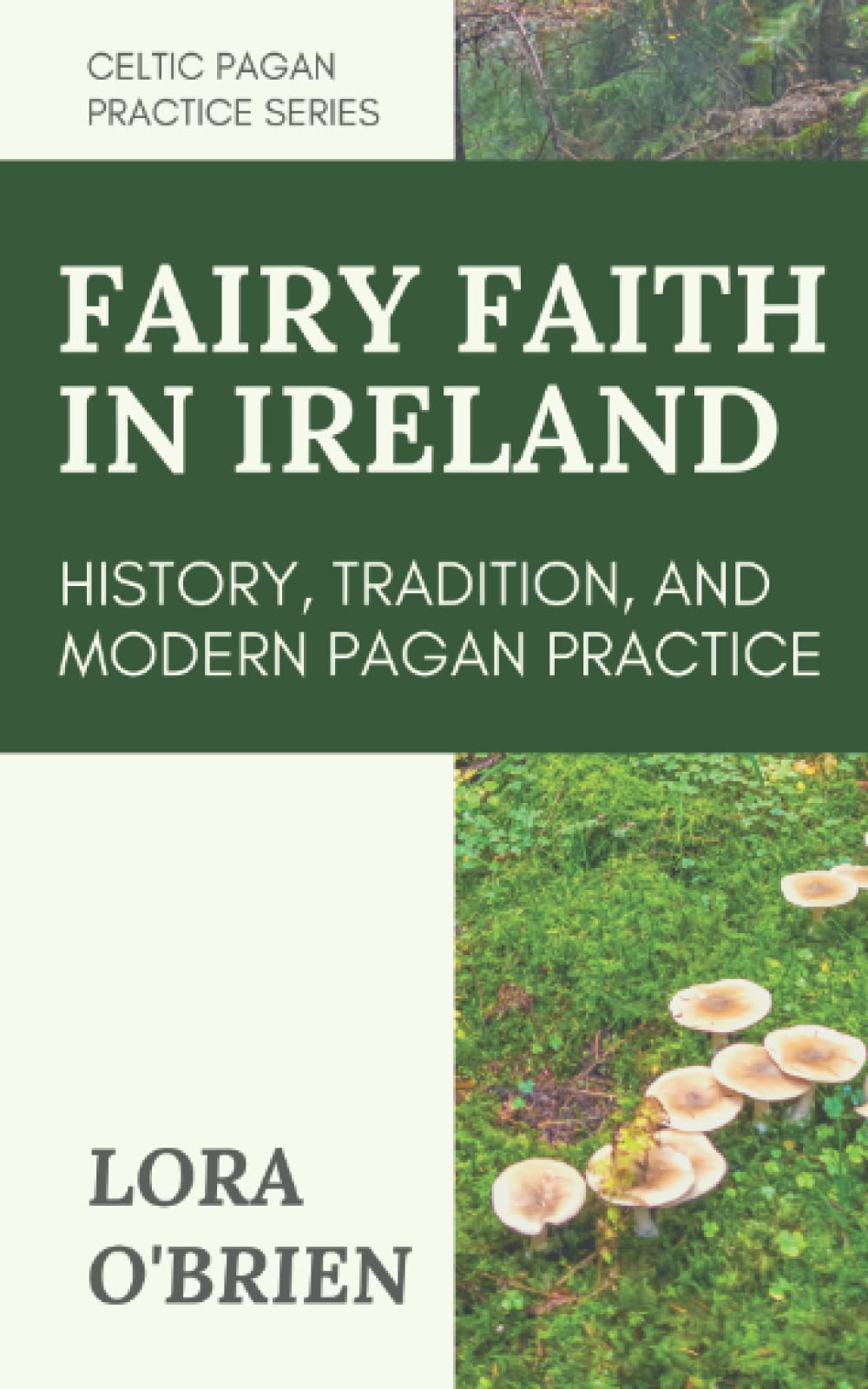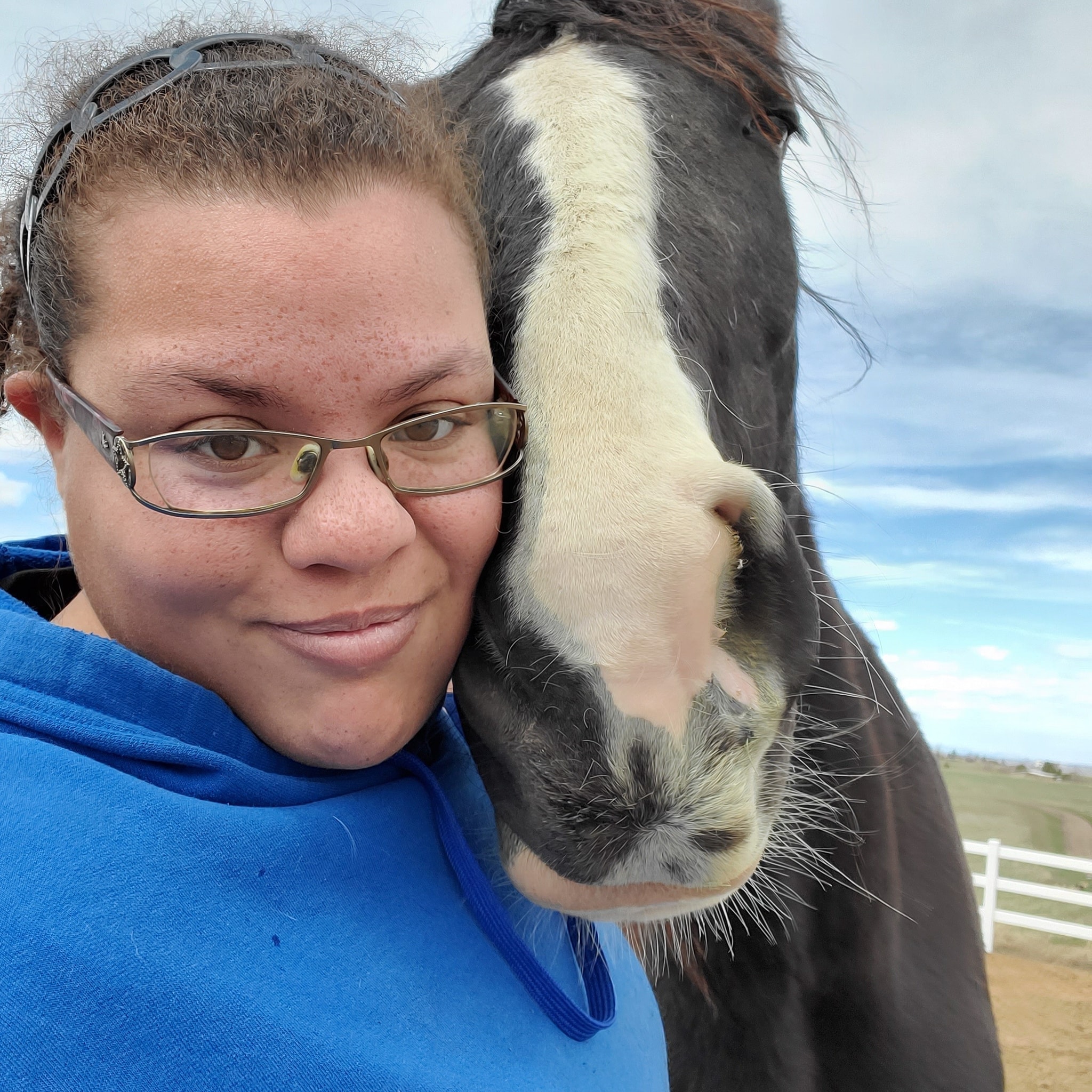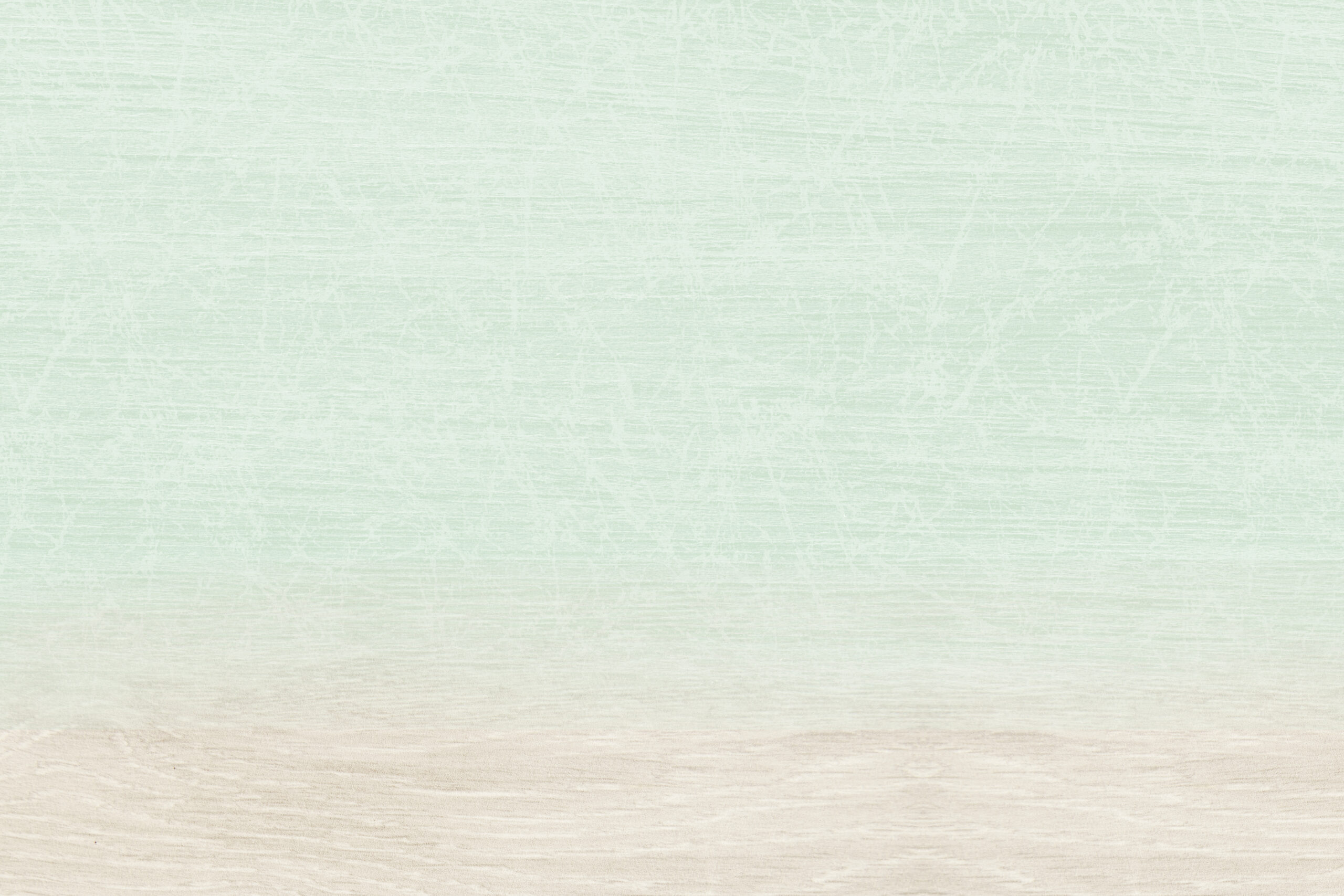by Rick Tschauder
If you want to learn about the Irish Fairy Faith, there are really only two good sources: Laura O’Brien, a priestess of the Morrigan, or Morgan Daimler, a priestess of the Fae. Laura is a co-founder, along with their partner, Jon O’Sullivan of the Irish Pagan School. They have also started a merchandising company called Eel and Otter. Eel and Otter publishes this book. Lora is an author, teacher and guide, with over 20 years’ experience in pre-Christian Irish spirituality. She managed one of Ireland’s most important sacred sites – Cruachán/Rathcroghan – for a decade
The book presents along with discussion of a handful of folk stories about the fairies of Ireland. They draw heavily on Bailiúchán na Scol’, or “The School’s Collection”. The School’s Collection consists of approximately 740,000 pages of folklore and tradition compiled by Irish school children between 1937 and 1939. More than 50,000 school children from all over the Irish Free State participated, collecting folklore, oral history and the like from their parents, grandparents and neighbors.
Lora starts her book with a rather bold assertion: “everything you think you know about the Fairy Faith is wrong. Or at least it is not quite right.” She is right. Irish fairies are not cute, winged beings like Tinkerbell. (Remember Tinkerbell did try to kill Wendy!) Nor are they all Beings like Maleficent. Some descended from one of the original races of Ireland, the Tuatha de Danu, some not. They live in the Irish Otherworld, but enter our own, probably more often than many of us would like.
In Ireland, the Fairies are not seen as fair, just, or benevolent Beings. In fact, using the word “Fairy” is considered (in their view) as disrespectful. Instead, the Irish refer to them as “The Fair Folk”, “The Good Neighbors”, or some other respectful term. For the Irish Fey are to be feared, avoided and, on occasion, placated. Although being mostly human in appearance, these races have powers and attributes quite different from us. They are powerful magicians and healers, generally tall and fair-skinned. Their power is lesser than Deity, greater than humans and Nature Spirits.
They usually consider themselves superior to humans and do not want to feel obligated to a lesser race. They are so feared and respected in Ireland that oftentimes no new structure was built without first asking the fairy folk for permission, or for their assistance and guidance. This is still true in many parts of Ireland today. It doesn’t take much of an offense, well, offend them.
Lora covers several topics in this book including different types of fairies, how to recognize them, where to find them, their behavior and misbehavior and how to stay safe from them. They discuss the relationships between the Good Folk and the Irish Gods and Goddesses.
Included throughout the book are snippets from the Bailiúchán na Scol’, which enforce the pictures they paint of Irish Fairy Faith. It is hard to do justice to such a complex topic in a mere 143 pages. This book could have easily been twice that size and may have been better for it. Lora does adopt a conversational tone in places, which will work best for those who have met them. Self-publishing is tough, and the book could have been improved by a professional editor, as there are occasional issues with continuity. These minor issues do not detract from the overall importance of this book. I highly recommend the book for those who want to learn about the Irish Fairy faith. It is more accurate than many of the neo-pagan books I have read on the subject, as one would expect, given Lora’s extensive knowledge and experience on the subject. If you are interested in the topic, this book belongs on your bookshelf.



